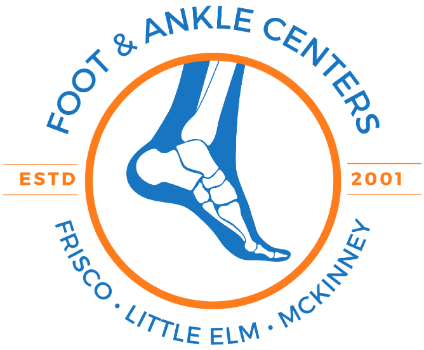Understanding and Treating Achilles Tendon Ruptures
An Achilles tendon rupture is a tear in the Achilles tendon, the band of tissue that connects the calf muscles in the lower leg to the heel bone. At Foot & Ankle Centers of Frisco, Little Elm, & McKinney in Frisco, Little Elm, and McKinney, Texas, our leading physicians use some of the latest diagnostics and treatment techniques to achieve optimal outcomes for each patient. Book your appointment today.


Confirming the Diagnosis of an Achilles Tendon Rupture
An Achilles tendon rupture diagnosis can be made based on a physical examination. The doctor may ask about the patient's activity before the injury and will perform a physical exam to check for tenderness, swelling, and discoloration at the back of the ankle. Our podiatrists may order an X-ray, MRI, or ultrasound to confirm the diagnosis. These imaging tests can show if the tendon is intact or if it is ruptured.


